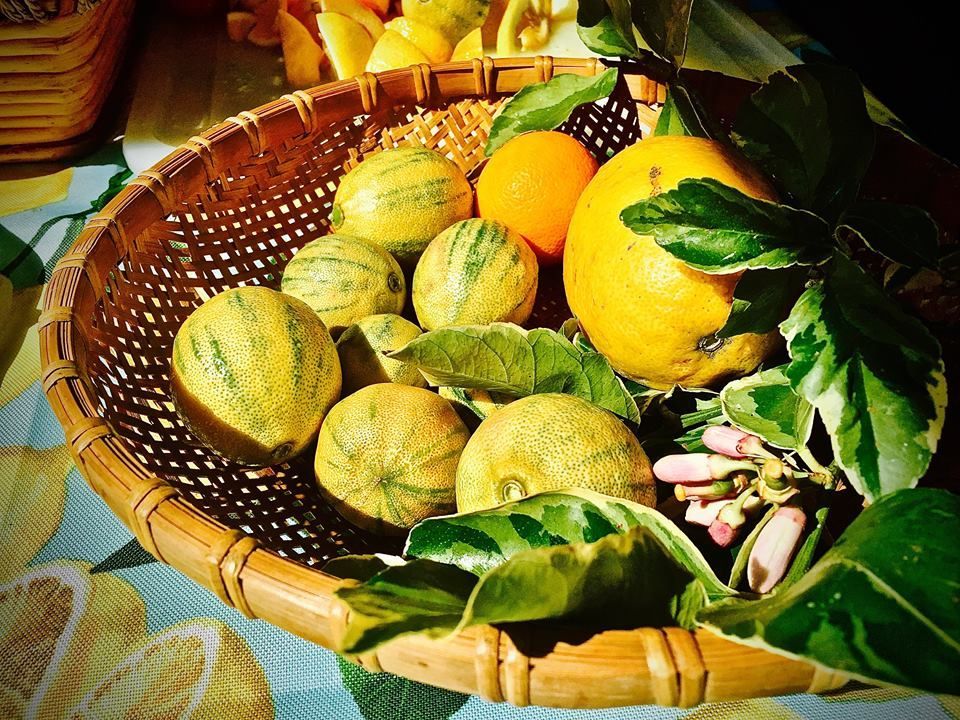This park interprets the industry's role in the history and development of California through the stories of the diverse groups of people who made it all possible. The park recaptures the complexities of the time when "Citrus was King," exploring the significance of the citrus industry in Southern California. In 1873, the U.S. Department of Agriculture forever changed the history of Southern California when it sent two small navel orange trees to Riverside resident Eliza Tibbets. Those trees, growing in ideal soil and weather conditions, produced an especially sweet and flavorful winter harvest fruit. Word of this far superior orange quickly spread, and a great agricultural industry was born.
In the early 1900s, an effort to promote citrus ranching in the state brought hundreds of would-be citrus barons as well as thousands of migrant and immigrant agricultural workers to California for the "second Gold Rush." This resulted in the growth of cities and communities throughout Southern California, most of which were segregated along class and racial lines. On the surface, however, the lush groves of oranges, lemons and grapefruit contributed to California's legacy - its lingering image as the Golden State - the land of sunshine and opportunity.
California Citrus State Historic Park is one of the participating California State Parks that you can visit for free with the 4th Grade Adventure Pass.
